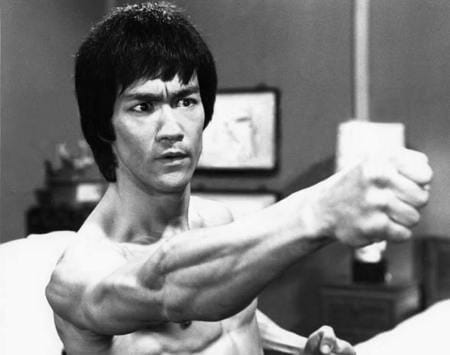 NEW DELHI: India dropped two ranks to 67th among 84 developing countries in the International Food Policy Research Institute’s annual “Global Hunger Index” for 2010. Even Sudan , North Korea and Pakistan rank higher than India.
NEW DELHI: India dropped two ranks to 67th among 84 developing countries in the International Food Policy Research Institute’s annual “Global Hunger Index” for 2010. Even Sudan , North Korea and Pakistan rank higher than India.While the report, released on Monday, shows that the proportion of undernourished in India is decreasing, the worsening ranking indicates that other developing countries have done better in tackling hunger. India is home to 42% of the underweight children under the age of five in the world.
The policymakers in India , who are are still fighting over the need to have an expansive National Food Security Act , should look at the following data more closely: in 2005-06 , about 44% of Indian children — below five years — were underweight, and nearly half — 48% — were stunted.
The food insecurity is so rampant across the country that India is clubbed with minor economies like Bangladesh, Timor-Leste and Yemen, recording the highest prevalence of underweight in children under five.
At the beginning of the liberalization era in the early 90s, 24% of the population was undernourished. The situation marginally improved to 22% between 2004 and 2006. Almost 60% of children below five were recorded as underweight in 1988-92. The condition has remained dismal as the latest figure shows 43.5% between 2003-08.
The GHI ranks countries on a scale of 100, with 0 being the best score (no hunger) and 100 the worst. It is composed of three equally weighted indicators: the proportion of undernourished in the population, the prevalence of those underweight in children under five and the under-five mortality rate.
The figures for India are 22% (as of 2004-6 ), 43.5% (2003-8 ) and 6.9% as of 2008, respectively. These give India a composite GHI of 24.1, which is classified as alarming in terms of the food security situation.
The strife-torn Democratic Republic of Congo ranks at the bottom of the list of 84 countries with significant levels of hunger. The data has been compiled for 122 countries in all; the remaining 38 countries have a GHI of less than 5 and are not included in the rankings. No data has been recorded for highly developed countries.
South Asia has the highest GHI for any region in the world, at 22.9. The region has, however, made greater progress since 1990 than sub-Saharan Africa, the report adds. India is ranked below all other major South Asian countries — Sri Lanka is ranked 39th, Pakistan 52nd and Nepal 56th.
India’s hunger is not purely a product of its middle-income status. While economic progress and hunger levels tend to be inversely correlated (countries with higher gross national income typically have lower GHI scores), some countries are exceptions to the norm. China has lower hunger levels than its GNI per capita would suggest, while India has higher hunger levels than would be expected from its income per capita, calculations made by the report’s authors show.
The 2010 report focuses on child malnutrition, which is the biggest component of hunger worldwide. In India, high 2010 GHI scores are driven by high levels of underweight children, resulting from the low nutritional and social status of women in the country, the report says.





 NEW DELHI: India dropped two ranks to
NEW DELHI: India dropped two ranks to 